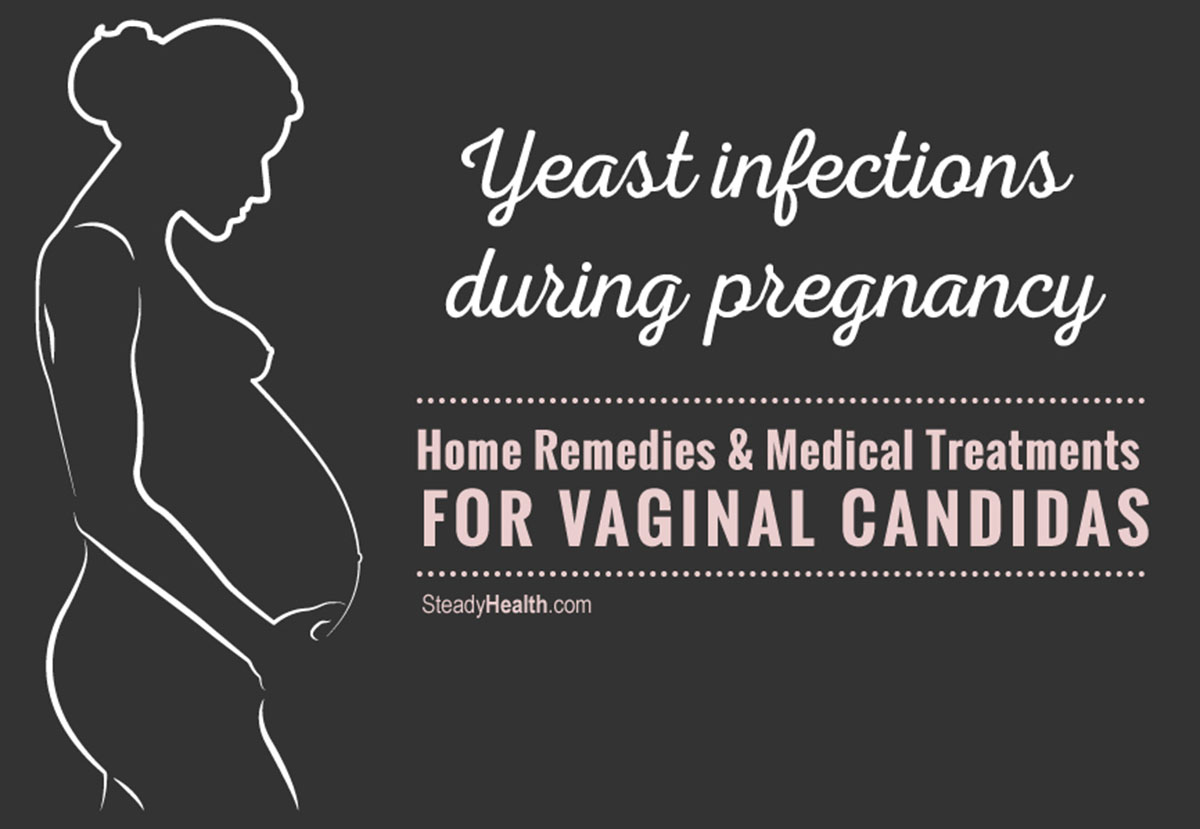

In this article, we will review exactly what candida is, how it affects a woman’s body, and how to promote health to clear candida naturally. As these statistics demonstrate, vulvovaginal candidiasis is both common and incredibly prevalent. 45% of women with candida have multiple outbreaks, and between 5% to 8% have a recurrent condition, with four or more outbreaks in just one year. Often referred to as a “yeast infection,” vulvovaginal candidiasis (VVC) affects an estimated 75% of all women at least once in their lifetime. Rachel Peterson, naturopathic doctoral student, shares her research and perspectives on the healing candida or a yeast infection with natural medicine. From broad elective choices to research study participation and self study, our students choose the doctor they want to become. Read ingredient labels to make sure a product is yeast-free before you eat it if you have an allergy.NUNM students have many opportunities to explore topics, research and areas of practice that interest them. Many gluten-free products have yeast in them.

Some make the mistake of thinking that gluten-free also means yeast-free, but this is not necessarily true. Another idea is to use unleavened crispbreads, like matzah, Ryvita crackers, or rice cakes. Soda bread uses baking soda instead of yeast as a raising agent. You can also make yeast-free bread at home. Ener-g, Food For Life, and Hummlinger are brands that offer yeast-free options. Some companies that seek to be more allergy-friendly have created yeast-free bread. For some with a yeast allergy, this small amount is enough to cause an allergic reaction. It is found in small amounts on berries and grapes. Yeast is not only added to foods, but it also grows in the wild. Some types of miso, a fermented product made from rice or soy, use yeast in the fermentation process. You can buy this condiment off the shelf, but it’s also an ingredient in many popular products and dishes. Yeast is also found in soy sauce, a fermented soy and wheat product. Some people mistakenly refer to it as "mushroom tea." However, the fungus used to brew kombucha is actually a yeast, not a mushroom. Kombucha is a fermented beverage made from sugar, tea, yeast, and bacteria. You may need to work with an allergist to determine what types of alcohol you can drink and how much of them you should drink. Some people with a more moderate allergy may be able to drink small amounts of lower-yeast alcoholic products like vodka. Those with a more severe allergy may need to avoid all alcohol. Yeast is still present in the finished product, meaning anyone with a yeast allergy needs to avoid them.Īll types of alcohol have trace levels of yeast. Different strains of yeast lead to different flavor profiles. These alcoholic drinks are all fermented with yeast. People with yeast allergies should read ingredient labels very carefully before eating candy. Malt may appear on ingredients lists as "malt syrup," or "malt extract." Some cereals contain malt - fermented barley made with yeast - meaning anyone with a yeast allergy should avoid them. Yeast can also add flavor to baked goods, depending on the type of yeast used. Foods With Yeastīreads, muffins, croissants, biscuits, and other baked goods usually contain yeast.

However, there is no scientific evidence that a yeast-free candida diet helps candidiasis, the name for the condition associated with candida overgrowth. Some yeast-free or low-yeast diets claim to help candida infections. In this type of diet, you eliminate various foods from your diet for two to four weeks under the care of a doctor, nutritionist, or dietician. Eating less yeast may also be part of a temporary elimination diet to diagnose food allergies or sensitivities. Only those with an allergy or intolerance to yeast should avoid it in their diets.

If you have a fungi allergy, you may want to avoid eating foods with yeast, moldy foods, and foods that involve other fungi in their production. Many people with a yeast allergy are also allergic to other fungi like mold. If you have an intolerance or sensitivity to it, yeast may cause digestive issues. If you’re allergic to yeast, you may get hives or experience an anaphylactic reaction when consuming it. Some people have a yeast allergy or intolerance. In rare cases, it can also affect internal organs. However, antibiotic use or other lifestyle factors can allow candida to grow unchecked in the vagina, in the throat, on the skin, or in the gut. Typically other microorganisms like naturally-occurring bacteria keep it in check. Yeast is present in a number of popular foods and beverages, from candy to kombucha.Īnother species of yeast, candida, naturally exists in the body but is known for causing imbalances that lead to a yeast infection. Bakers and beer brewers use some species of yeast in food production.


 0 kommentar(er)
0 kommentar(er)
